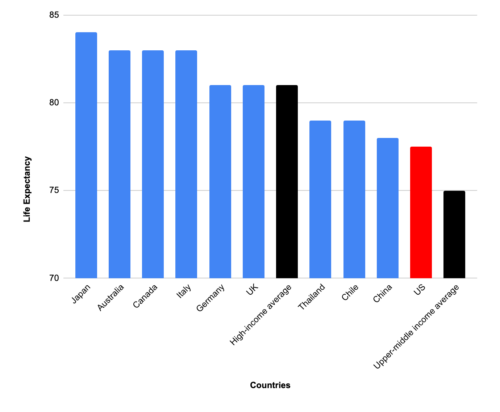Amazon Prime and the Michigan Economy
By: / 08.04.2018
What is the future of the Michigan economy? Struggling with a severe hemorrhaging of manufacturing jobs since 2000, the state has welcomed Amazon’s investment in ecommerce fulfillment centers. These centers are expected to add around 5000 jobs to the state economy, many going to workers with a high school education. This is the group that has suffered the most from the manufacturing decline.
Nevertheless, the Detroit News recently ran an opinion piece by Robert Engel, the chief spokesperson for an advocacy group arguing that Amazon hurts local communities. Bizarrely, the core of his case against Amazon seems to be that Amazon Prime is too good for consumers—the number he quotes is “over $780 per year” in value, while “members still only pay $119 for their Prime subscription.” He then alleges that these consumer benefits are being paid for by subsidies from state and local governments.
Certainly Amazon does request and receive tax incentives, like many major companies. Moreover, reputable economists, such as Timothy Bartik of the Upjohn Institute in Kalamazoo(MI), have debated whether the benefits of these subsidies are worth the costs.
However, these discussions over tax incentives don’t account for the truly innovative nature of what Amazon is doing. Amazon has shown that it is possible to use technology to increase the productivity of a key part of the economy—the distribution of goods—while producing benefits for consumers, creating jobs and raising wages at the same time.
First, the numbers. On a national scale, the three ecommerce industries—warehousing (fulfillment centers), couriers and messengers ( delivery), and electronic shopping (headquarters and data centers) have added more than 250,000 jobs over the past two years. Meanwhile, brick-and-mortar retail has risen by some 45,000 jobs over the same stretch. There’s no sign yet of a retail apocalypse
The key is that Amazon and other ecommerce companies have gotten so efficient at sorting and “picking and packing” that they can offer fast home delivery at a price that customers jump at. Rather than spending hours driving to the mall, parking, wandering through aisles, standing on line, and driving home again, consumers are now shifting their unpaid household hours to the paid market sector. The result is tremendous benefits to customers, along with an enormous surge of job creation.
Moreover, these are decent paying jobs for workers with a high school education. Nationally, our research showed that jobs in ecommerce fulfillment centers pay 30% more, on average, than brick-and-mortar retail in the same area.
The same is true in Michigan. Right now Amazon is advertising for entry level warehouse fulfillment associates in Michigan with a high school education at $12.25 an hour. By comparison, Glassdoor shows Walmart paying $9 per hour in Michigan. The median hourly pay for retail salespersons with all levels of experience in Michigan is $10.55 per hour, according to the BLS, and the median hourly pay for packers and packagers is $10.52 an hour. According to the 2016 American Community Survey, median annual earnings in the retail sector in Michigan was a stunningly low $19877. In other words, the entry level wage at Amazon is between 16% to 36% greater than median wages at brick and mortar retail establishments in the same area, depending on which set of figures we look at.
Perhaps more important, these ecommerce fulfillment centers are an essential part of reimagining the Michigan economy for the future. In a paper to be released shortly, we show how this network of hyper-efficient distribution centers can be used by local manufacturers to ship customized products directly to customers, creating new business models that cannot be matched by rivals 10,000 miles away.
In essence, digitization of the distribution chain–led by Amazon, but followed rapidly by other companies as well–is a competitive weapon that will help create a new wave of manufacturing jobs in Michigan.







